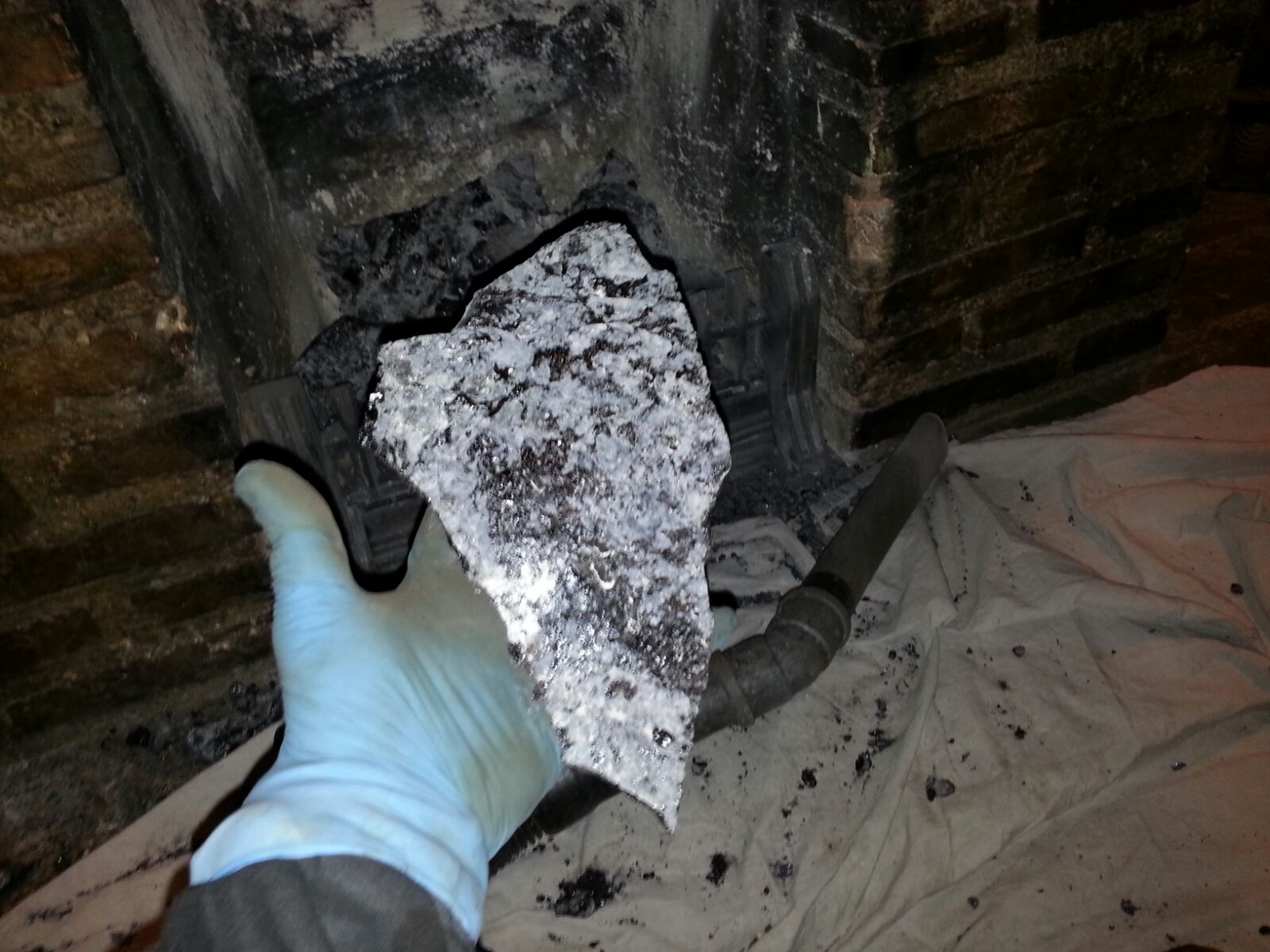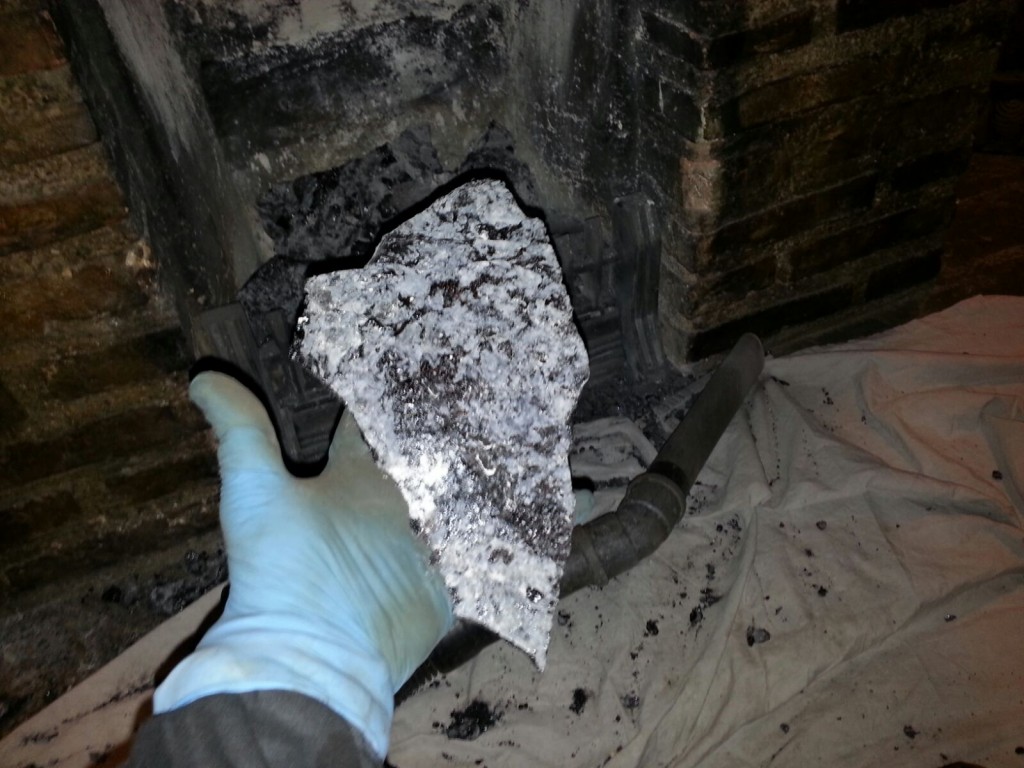Creosote and tar build up!
Are you at risk of a chimney fire?
Is your chimney safe?
Chimney fires occur when there is fuel in your chimney to feed it. By fuel, we mean tar and creosote which can accumulate in all types of chimneys – masonry, or metal, where wood burning appliances are vented.
Creosote is combustible and if it is set afire the resulting chimney fire is extremely hot, in some cases reaching over 1,000 degrees Celsius. A chimney fire can melt through even a well-built safe chimney, setting the building on fire.
What causes creosote?
-The temperatures in the chimney or flue
-Level of usage
-The wood-sap content of the wood being burned.
-Moisture content of the wood being burned.
-The wood species (or to a smaller degree the type of coal or peat) being burned.
-The chimney size, height, location, and construction materials serving the heating appliance.
-Adequacy of combustion air supply
-Anything else that affects chimney draft.
-The frequency of chimney cleaning and the thickness of existing creosote deposits.
What are the dangers of a chimney fire?
A chimney fire could quickly spread and destroy your home.
The temperature of a chimney fire can exceed 1,000 degrees Celsius – this will damage any liner you may have and almost certainly require relining.
The high temperature of the chimney fire can even damage the bricks of your chimney stack and in some cases requiring your chimney stack to be rebuilt.
How to tell if you have tar or creosote?
Your chimney sweep, when cleaning your chimney, will be able to identify whether or not tar and creosote is present from what comes down the chimney.
What if you’ve already got tar or creosote in your chimney?
In the vast majority of cases, we can easily remove it for you. It requires a chemical powder treatment which is non-intrusive and typically completed within 1 week. Go from a chimney fire risk to a safe chimney within just 7 days!
How it works:
We would clean your flue and then spray the chemical, which is a powder, up your chimney. The powder sticks to the tar and creosote and lines the entirety of the flue. Then, each night for a week, you would light a fire, the heat from the fire makes the chemical react with the tar and creosote which breaks it down. After a week we clean the chimney again and the tar and creosote easily comes off. In extreme cases an additional application of the chemical could be needed but the majority of flues only require one treatment.
If it is unsafe to light your fire, either because you have a thatched property or your chimney is leaking, then we can provide you with a heater that will have the same affect that a fire would.
If you’re worried about the build-up of creosote and tar in your chimney, we’d like to help and resolve any concerns you may have.
Just call us on 01223 964305 or email bookings@ablewightchimneyservices.co.uk to book your Cre-Away treatment.
For further advice or assistance, contact our team today

